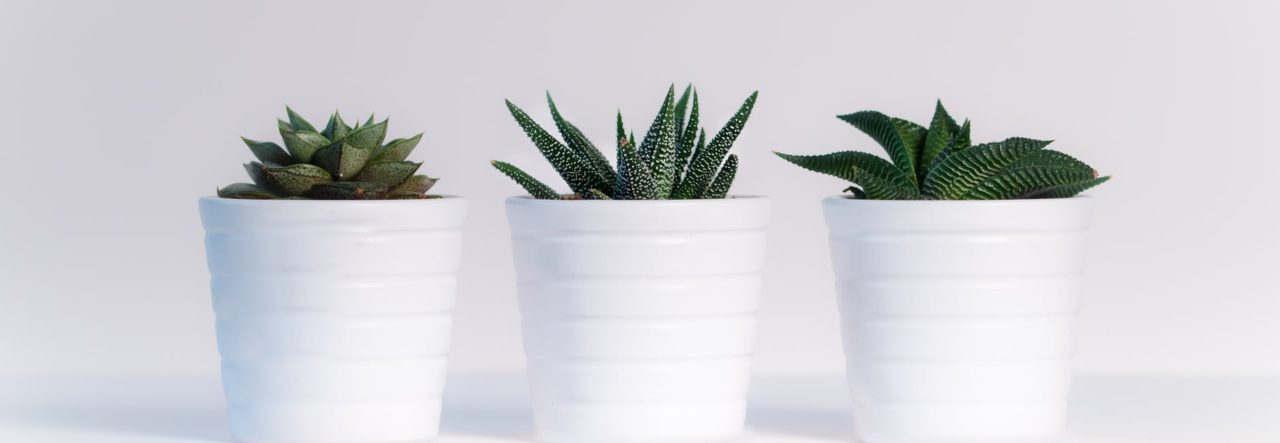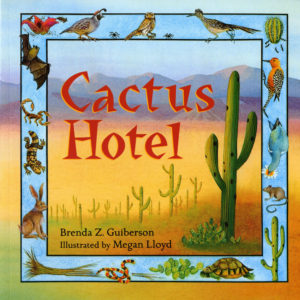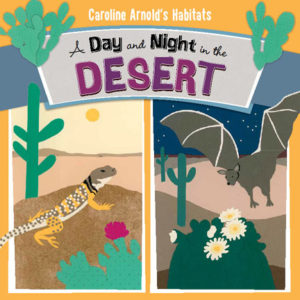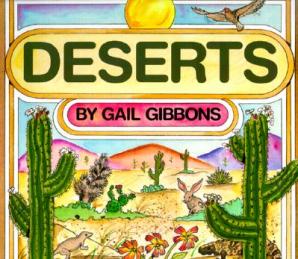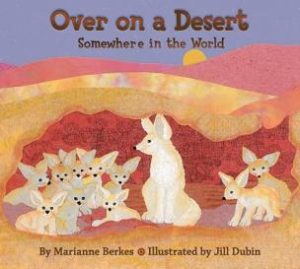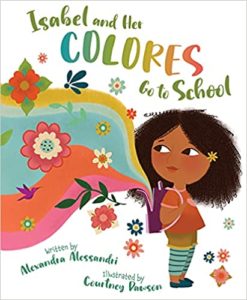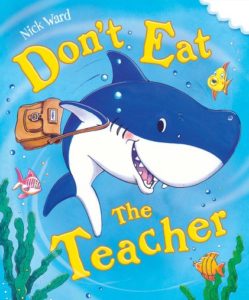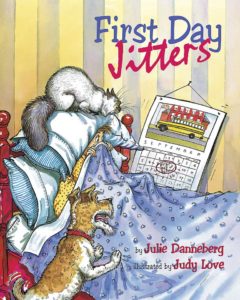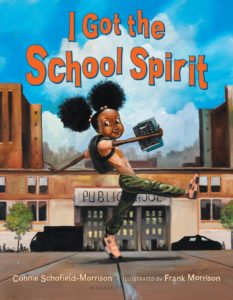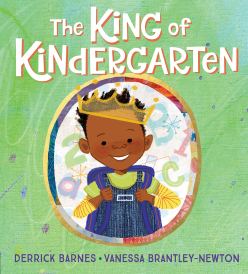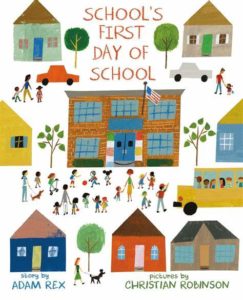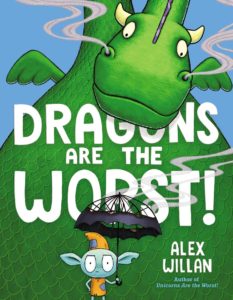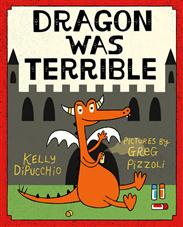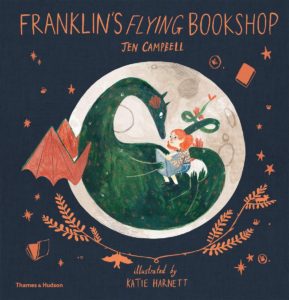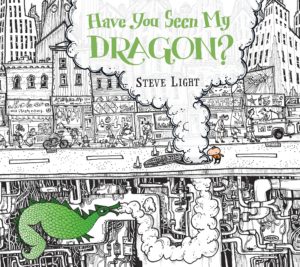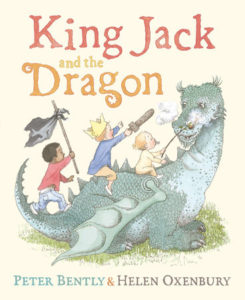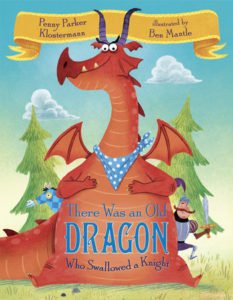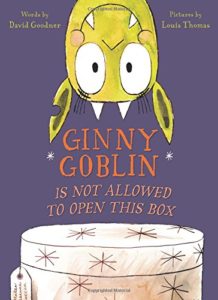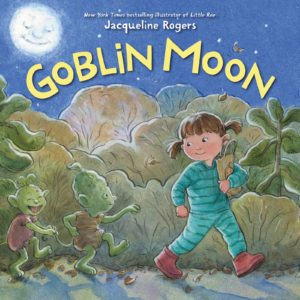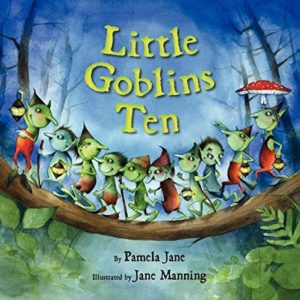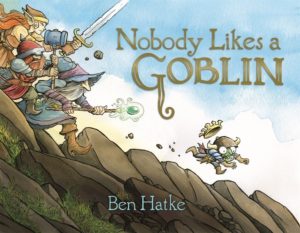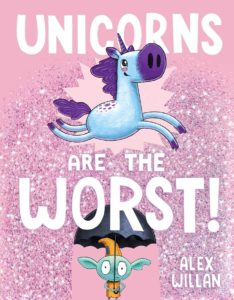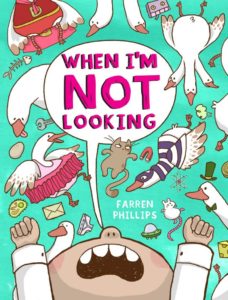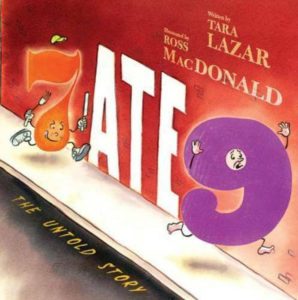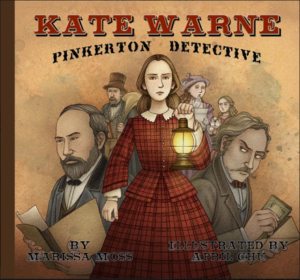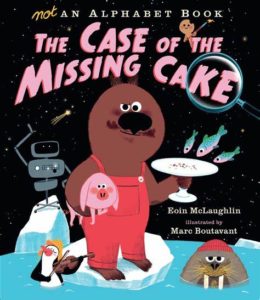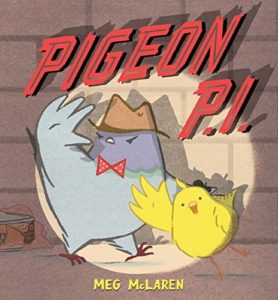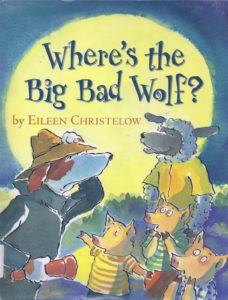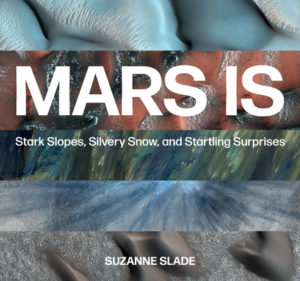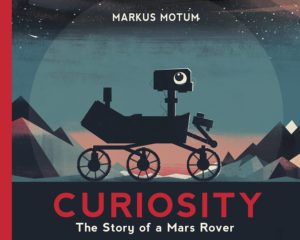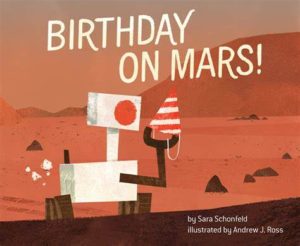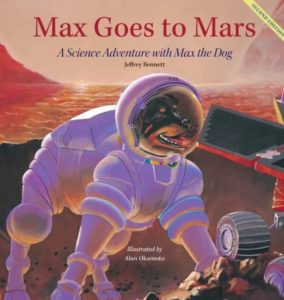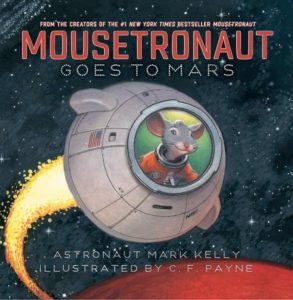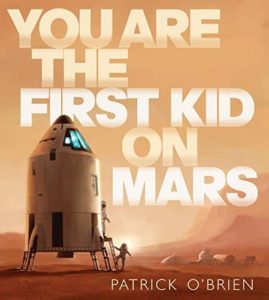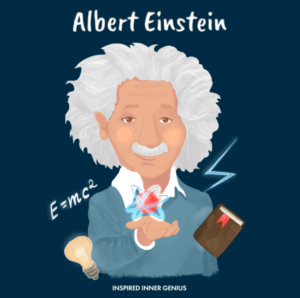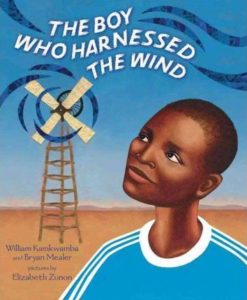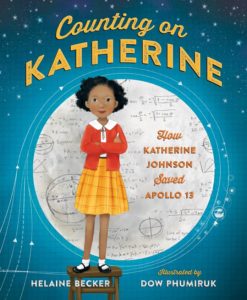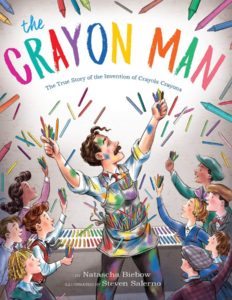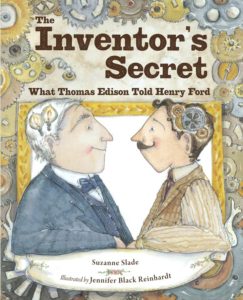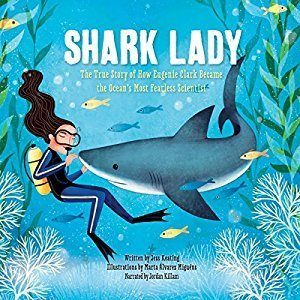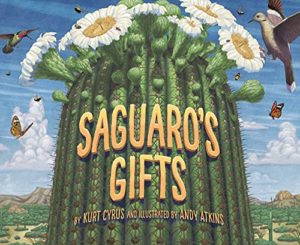 Saguaro’s Gifts
Saguaro’s Gifts
Author: Kurt Cyrus
Illustrator: Andy Atkins
15 August 2021
Sleeping Bear Press
32 pages
Book description from Goodreads: “Celebrating a birthday is always a happy occasion but never more so in this desert community then when it’s a centenary for a grand Saguaro cactus! For one hundred years, the majestic cactus has anchored this vibrant neighborhood, providing food, shelter, and shade to the local wildlife inhabitants. In beautiful rhyming text, the creatures that depend on Saguaro’s gifts come to pay homage, including the tiny bat that sips nectar from the plant’s flower, the finches looking for a place to build their nest, and the grateful tortoise that enjoys its fruit. Magnificent artwork brings the desert landscape and creatures to life, showing the interdependence between plants and animals. Readers young and old will appreciate this timely message of how essential even an old cactus is to our environment and the world we all share. Back matter includes information on the interdependence of the desert community.”
Need some reviews of Saguaro’s Gifts?
Educational Activities inspired by Kurt Cyrus’ Saguaro’s Gifts:
- Before Reading–From looking at the front and back cover:
- Where and when do you think this story takes place?
- What does the word “saguaro” mean to you?
- What type of wildlife do you see?
- What is your eye most drawn to?
- What else do you notice about the cover?
- After Reading–Now that you’ve read the story:
- What is so special about this particular birthday for the saguaro cactus?
- Many creatures rely on the saguaro for food, shelter, or shade. Which creature were you most surprised to see?
- The saguaro needs those creatures, too. Why?
- How did you react when the bobcat appeared?
- What was your favorite moment in the book? Why?
- What was your favorite picture in the book? Why?
- Nonfiction picture books often teach readers something since they’re based in facts. What’s the most surprising thing you learned?
- Drawing–As you’ve seen in the pages of Saguaro’s Gifts, the desert is an amazing place. Watch the following videos that show how to draw a desert step by step. Use whatever crayons, colored pencils, or paints you want. Consider sharing your art with friends or family members.
- Writing–This story is told from the point of view of all the creatures that value the saguaro. Write a new version of this story from the saguaro’s point of view. What does the saguaro think, feel, say, or do? Consider sharing your version with family members or friends.
- Crafting–The desert is a beautiful place. Let’s make some beautiful things ourselves with these fun crafts:
- Desert in a Bottle–These can be as plain or as fancy as you want.
- Cactus Pincushion–Cute and functional. What a combo!
- Happy Cactus Paper Plant–Has a video to show how to make these.
- Pebble Cactus–Simply adorable.
- Pipe Cleaner Cactus–Completely customizable 3D craft.
- Further Reading–Which of these other picture books about the desert have you read? (Click on any book cover for more information on these titles!)

